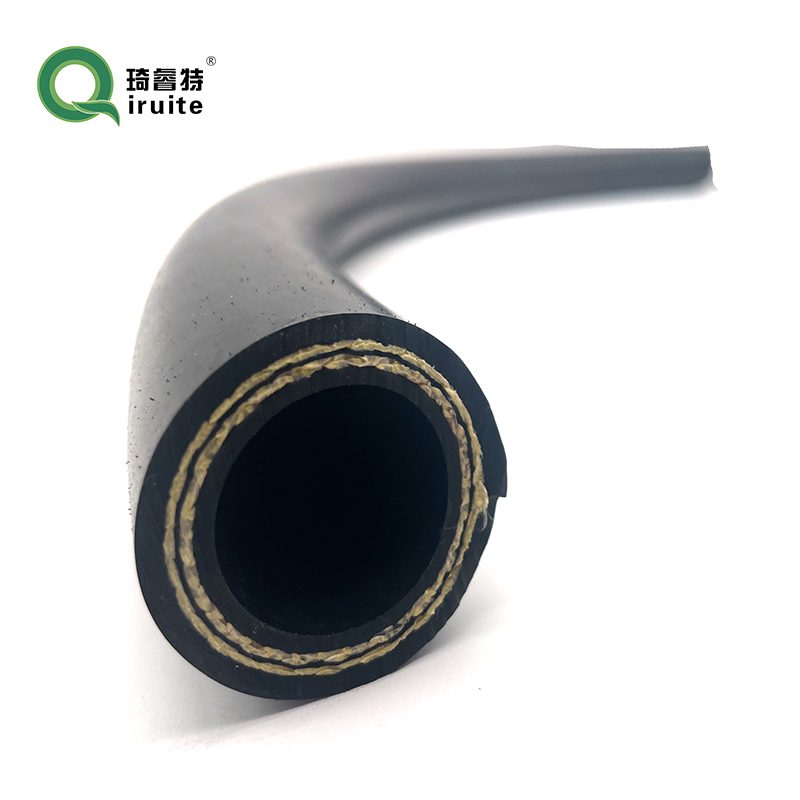Air Conditioning Pipes in Vehicles Essential Guide and Maintenance Tips
Understanding Air Conditioning Pipes for Cars
Automotive air conditioning systems are vital for ensuring passenger comfort during hot weather. At the heart of these systems are several key components, with air conditioning pipes playing a crucial role. In this article, we will delve into the different types of air conditioning pipes used in cars, their functions, materials, and common issues that may arise.
Types of Air Conditioning Pipes
The automotive air conditioning system typically features two main types of pipes high-pressure and low-pressure lines. The high-pressure line carries refrigerant from the compressor to the condenser, where it is cooled and transitioned into a liquid state. Conversely, the low-pressure line transports the refrigerant back to the compressor after it has evaporated into gas in the evaporator unit within the cabin.
1. High-Pressure Lines These pipes are designed to withstand the high pressure generated by the compressor. They are usually shorter and include a service port for refilling or testing the refrigerant levels.
2. Low-Pressure Lines Generally longer than high-pressure lines, low-pressure pipes transport the refrigerant that has absorbed heat from the cabin. Because these lines operate at lower pressure, they are often made from different materials.
Materials Used in Air Conditioning Pipes
Automakers utilize various materials for air conditioning pipes, each selected based on durability, weight, and resistance to corrosion. The most common materials include
- Aluminum Lightweight and resistant to corrosion, aluminum pipes are easy to bend and work with, making them a popular choice for manufacturers. They can withstand the pressures and temperatures commonly found in air conditioning systems.
- Steel This material is often used in high-pressure applications due to its strength. However, steel can be heavier and prone to rust if not adequately coated.
- Rubber and Flexible Hoses Often used for connections and areas that require flexibility, rubber hoses are designed to handle fluctuations in pressure and temperature. They must be well-maintained to prevent cracking and leaks over time.
Functions of Air Conditioning Pipes
The primary function of air conditioning pipes is to transport refrigerant throughout the system. Refrigerant is vital for absorbing heat and providing cooling; therefore, the integrity of the pipes is crucial. If any of the pipes experience a leak, the system will not operate efficiently, leading to reduced cooling performance.
air con pipes for cars

In addition to refrigerant transport, these pipes often have other functionalities. For example, some systems use pipes that serve as conduits for sensor wiring, enabling real-time monitoring of system performance.
Common Issues with Air Conditioning Pipes
Over time, various issues can arise with air conditioning pipes in vehicles. Here are a few common problems
1. Leaks The most prevalent issue is refrigerant leaks. These can occur due to corrosion, wear and tear, or physical damage. Leaks can significantly diminish the efficiency of the air conditioning system and often require immediate repair.
2. Blockages Debris or contaminants can sometimes block the pipes, leading to pressure build-up and ineffective cooling. Regular maintenance can help prevent blockages.
3. Cracks and Fraying Particularly in rubber hoses, exposure to heat and environmental factors can cause deterioration, leading to cracks and fraying. Replacing these hoses is necessary to maintain system integrity.
Maintenance Tips
To ensure the longevity and efficiency of air conditioning pipes, regular maintenance is essential. Here are some tips
- Visual Inspections Regularly check the pipes for any signs of wear, leaks, or corrosion. Immediate attention to any identified issues can prevent more significant problems down the road.
- Recharging the System If the cooling performance decreases, it might be necessary to recharge the refrigerant. This process typically requires checking for leaks and ensuring the pipes are in good condition.
- Professional Servicing Having a certified technician inspect the air conditioning system regularly can ensure all components, including pipes, are functioning optimally.
In conclusion, air conditioning pipes are a critical component of automotive AC systems, facilitating the proper flow of refrigerant and ensuring comfort for passengers. Understanding their types, functions, and maintenance needs can help car owners keep their air conditioning systems running smoothly for years to come.
-
Ultimate Spiral Protection for Hoses & CablesNewsJun.26,2025
-
The Ultimate Quick-Connect Solutions for Every NeedNewsJun.26,2025
-
SAE J1401 Brake Hose: Reliable Choice for Safe BrakingNewsJun.26,2025
-
Reliable J2064 A/C Hoses for Real-World Cooling NeedsNewsJun.26,2025
-
Heavy-Duty Sewer Jetting Hoses Built to LastNewsJun.26,2025
-
Fix Power Steering Tube Leaks Fast – Durable & Affordable SolutionNewsJun.26,2025

